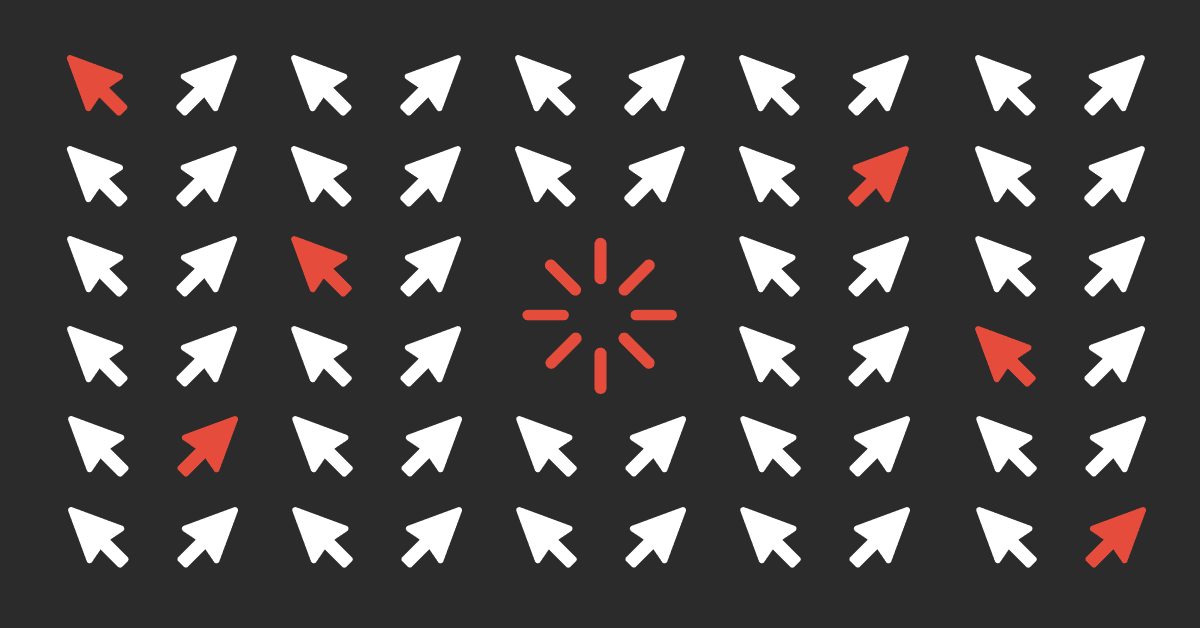Performance During a Pandemic

Karolina Szczur
April 1, 2020
This post is by no means an advisory on COVID-19 disease and the corresponding SARS-CoV2 virus. For reliable and trustworthy information check the department of health of your country of residence or the World Health Organisation.
Table of Contents
We’re living in troubling times. A new infectious disease named COVID-19 brought the world to a halt in a matter of weeks. A week ago, nearly 20% of the world’s population (that’s almost 1.5 billion people!) were confined to their homes under lockdown rules, a number that likely is more significant at the time of writing.
With so many people being always at home and unable to see their co-workers, friends and loved ones, the demand for reliable network services and fast, accessible sites and apps is skyrocketing. What does this all mean for site speed?
Mobile and broadband speed is decreasing
Ookla, the company behind Speedtest, a popular site for speed benchmarking, is closely monitoring the effect of stay at home orders on global networks.
Overall, we see a degradation of speeds both in mobile networks and fixed connections.
Nations with more severe outbreaks are observing higher rates of speed slowdowns. For example, in the Hubei province in China, the mean mobile download speed fell from 70 to 30 Mbps.

Several European countries recorded 10 to 20 Mbps drops. With the increased at-home usage, especially in communication (teleconferencing and calls) and streaming, internet service providers are experiencing more than peak hours traffic, at all times. While the internet as a medium is designed to handle situations like this, some providers and their infrastructure might not be able to.
What internet slowdown means to your customers
As networks become slower, speed issues become more perceivable. If your speed metrics are good (Performance Score above 85 and Time to Interactive under 5s), the difference might not be noticeable. However, for sites and applications with poor to average scores, this decrease will cause far more frustrating user experiences.
Consider expanding the number of regions you’re testing from to fully understand the effect of geography on your sites’ speed. Generally, using several testing locations is recommended as network specifications, internet service providers and access affordability vary greatly worldwide, even when not analyzing a global pandemic event.
Latency increased in several regions
Latency is the time between user action and application response—the roundtrip between the browser and the responding server. Globally, latency has been fluctuating and sharply increasing in some areas such as India, Malaysia and Italy.
KASPR Datahaus, a Melbourne-based company, focusing on data collection and analysis, prepared a report showcasing global internet pressure, quantified by the speed of transfer between the United States and selected regions.

What increased latency means to your customers
Latency can have a massive impact on user experience as during the time we wait for a server response, all we can see is a blank page. The higher the latency, the more delay in when content appears.
Latency is likely to affect your core speed metrics, such as Performance Score, Time to First Byte, First Contentful Paint and Time to Interactive. Now is the time to focus on those core metrics and work on improving them.
One of those measurements is closely tied to latency—TTFB showcases the time in which the browser receives the first byte after the request has been made. Your goal should be to keep TTFB as close to 0 as possible.
Service reliability and quality decreases
As a significant portion of the population stays at home demand for specific sites and applications rises, such as news services, streaming, gaming or, sadly, government services for welfare and support.
Several streaming services are temporarily changing the picture quality. Netflix promised to cut 25% of its traffic in Europe in an attempt to relieve local internet service providers, while YouTube will be serving standard definition by default.
Australian MyGov platform that provides online access to government services crashed a few days ago when nearly 55,000 people tried to access it to apply for financial support.
Facebook is claiming struggle to keep their services up to the rising demand. The need for Microsoft Teams has surged so significantly, the company has been struggling with intermittent outages.
What increased traffic means to your customers
If your traffic is rising significantly, it’s necessary to deploy reliability strategies to ensure your sites and applications are available and responding fast. Lack of availability will cause frustration, loss of trust and revenue that scales with size. Downtime and slow response times might also harm your SEO rankings as Google continuously crawls your pages.
Performance was always essential
This crisis showcases the importance of speed and how unevenly distributed internet access is. When a vast portion of our life moves online, countries with weaker internet infrastructures will experience it more, and so will people who don’t have high-end devices or network access at all.
Performance is access and access is a human right.
What COVID-19 is showing us in the speed space is not new—the digital divide is pronounced and invariably affects people’s livelihoods. More importantly, while your site speed might be okay right now, there’s nothing to say it will continue at the same levels (which is why continuous monitoring and visibility into metrics are crucial).
If up until now speed wasn’t something you or your teams were focusing on, read our Getting Started with Performance guide for helpful tips and advice.
Throughout this crisis, we will keep bringing you up-to-date site speed, and accessibility news as well as education on how to improve user experience.
Stay safe and take care of one another!
Get the latest performance resources, every two weeks
We will send you articles, tools, case studies and more, so you can become a better performance advocate.
“This newsletter is easily the best performance publication we have.”
Harry Roberts
Consultant Web Performance Engineer